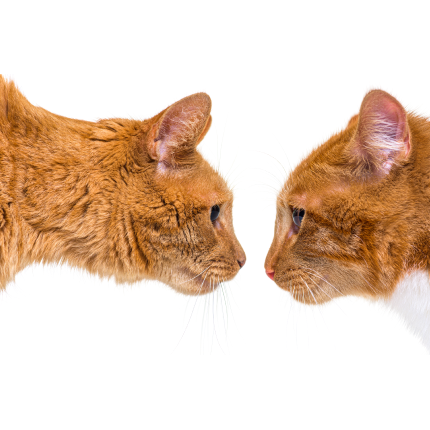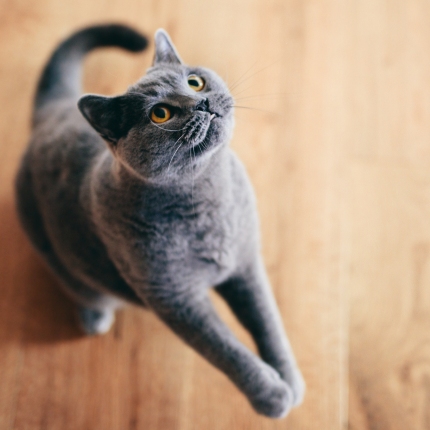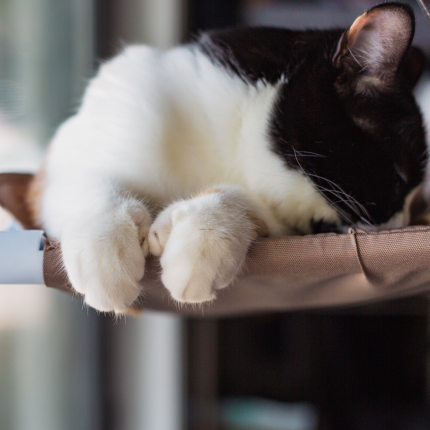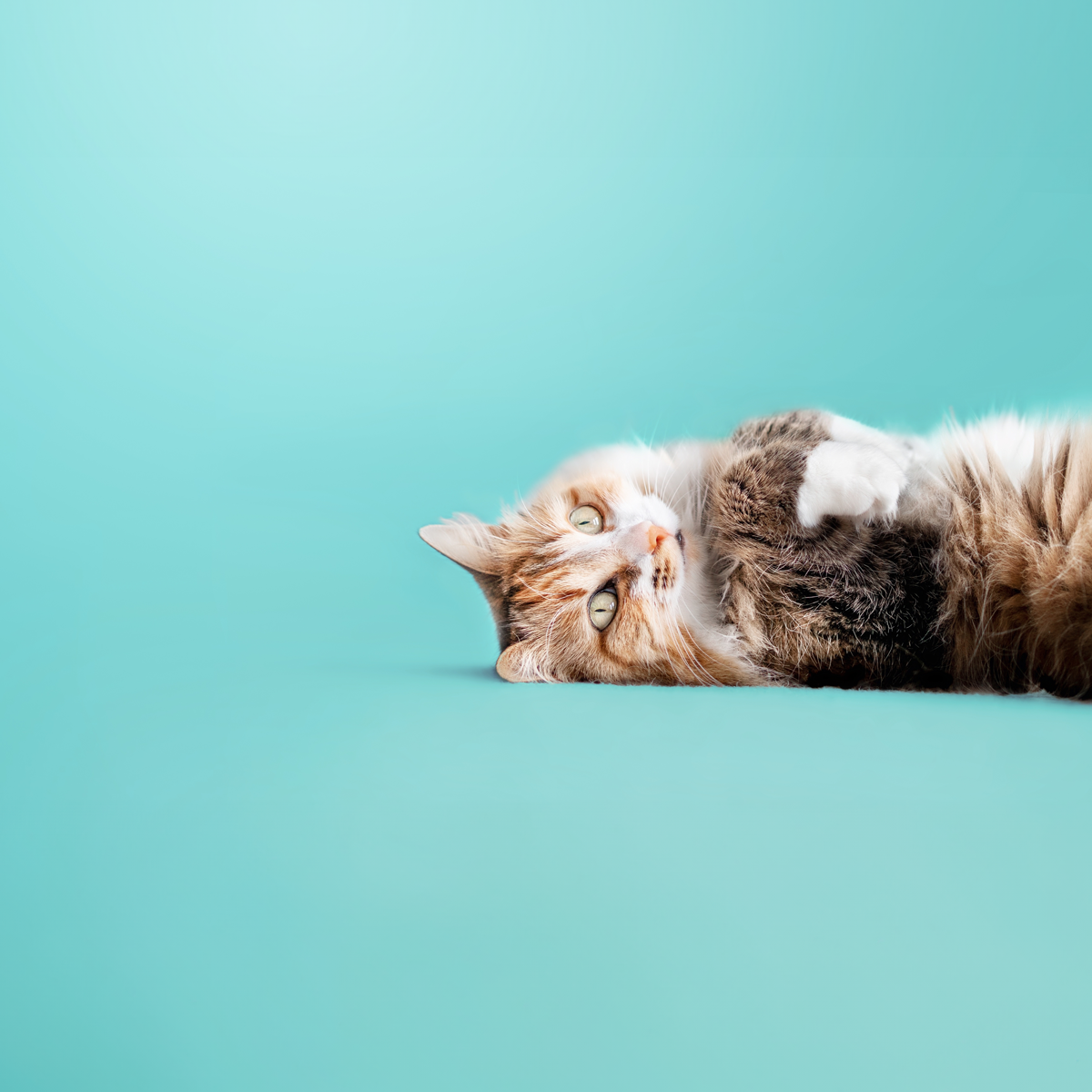Cat Facial Signals and Mimicry

Cats have often been seen as independent and solitary, but recent research reveals a more complex side to their social behavior. A groundbreaking study has uncovered the role of facial expressions in cat communication. Mainly through a phenomenon known as rapid facial mimicry (RFM). This research suggests that cats, like humans and other mammals, use facial signals to communicate socially.
advertisement
The Role of Facial Signals in Cat Communication
The study focused on CatFACS (Cat Facial Action Coding System), which could analyze cat facial movements. The goal was to understand how cats use their facial expressions in affiliative (friendly) and non-affiliative (neutral or aggressive) interactions.
The study analyzed facial movements using machine learning algorithms. It revealed that cats engage in rapid facial mimicry during affiliative interactions, quickly mirroring the facial expressions of others. This behavior is key for emotional bonding and synchronization. Cats that mimic each other’s facial expressions may signal empathy and reinforce their social connections.
Strengthening Social Bonds
Facial mimicry, or the immediate replication of another individual’s facial expression, has been documented in several species. In the case of cats, this mimicry occurs more frequently during friendly interactions, such as play. Cats use rapid mimicry, mirroring expressions in less than one second, which enhances communication and helps them avoid misunderstandings.
This discovery is significant because it shows that facial mimicry in cats is not just limited to play but may also extend to other social behaviors, even in adult cats.
The Role of Technology in Analyzing Cat Facial Signals
The research used machine learning to automate the analysis of cat facial expressions. This improved the accuracy and objectivity of the findings. This approach allowed the researchers to move beyond subjective human interpretation and examine the temporal dimension of facial mimicry and how the timing of facial movements plays a role in social interaction.
The study analyzed facial landmarks, such as the position of the ears, eyes, and mouth, to understand better the different facial signals cats use in social interactions. Automated facial recognition tools tracked these subtle facial movements in real-time, allowing researchers to observe rapid facial mimicry as it occurred.
Practical Implications for Cat Owners
Understanding facial mimicry in cats has practical applications for pet owners and veterinarians. For example, cats that frequently engage in rapid facial mimicry in a multi-cat household may form stronger bonds, leading to a more peaceful cohabitation. Recognizing these signals can help owners ensure a harmonious relationship between their cats.
Knowing which cats are more likely to engage in social mimicry in rescue settings can assist in adoption decisions. Cats that exhibit high levels of mimicry may be better suited for adoption together, as they are likely to form a stronger emotional connection. Additionally, veterinarians could use this information to better understand the emotional states of cats during medical exams or recovery periods.
advertisement
A New Understanding of Cat Social Behavior
This research contributes to the growing understanding of domesticated cats’ social behavior. While they are often seen as independent creatures, cats exhibit remarkable social flexibility. They interact with others in affiliative ways through facial mimicry. The ability to bond and synchronize with conspecifics is critical in navigating their social environments, whether in the home or the wild.

Featured Articles

Greebles and Cats: The Origin and the Meaning
You may have seen an internet sensation concerning cats labeled “greebles.” Feel out of the loop? We’re here to help you. In 2019, Reddit user /user/literallyatree commented on a Reddit post about a cat that looks like it’s trying to slap a ghost. This user commented: “My family calls things…

Polydactyl Cats: Just More Beans to Love
Polydactyl cats have become extremely popular in recent times. As a result, more and more people are interested in learning more about this six-toed cat and want to get one of their own. If you are a cat lover intrigued by polydactyl cats, you have come to the right place….

Why Do Cats Roll Over Into Their Backs But Not Let You Touch Their Bellies?
It’s common knowledge dogs love to have their tummies rubbed when they freely lay down before you and roll onto their backs. But, if you’re also familiar with cats, you know that when they roll onto their backs with their bellies exposed, rubbing the belly will most likely result in…